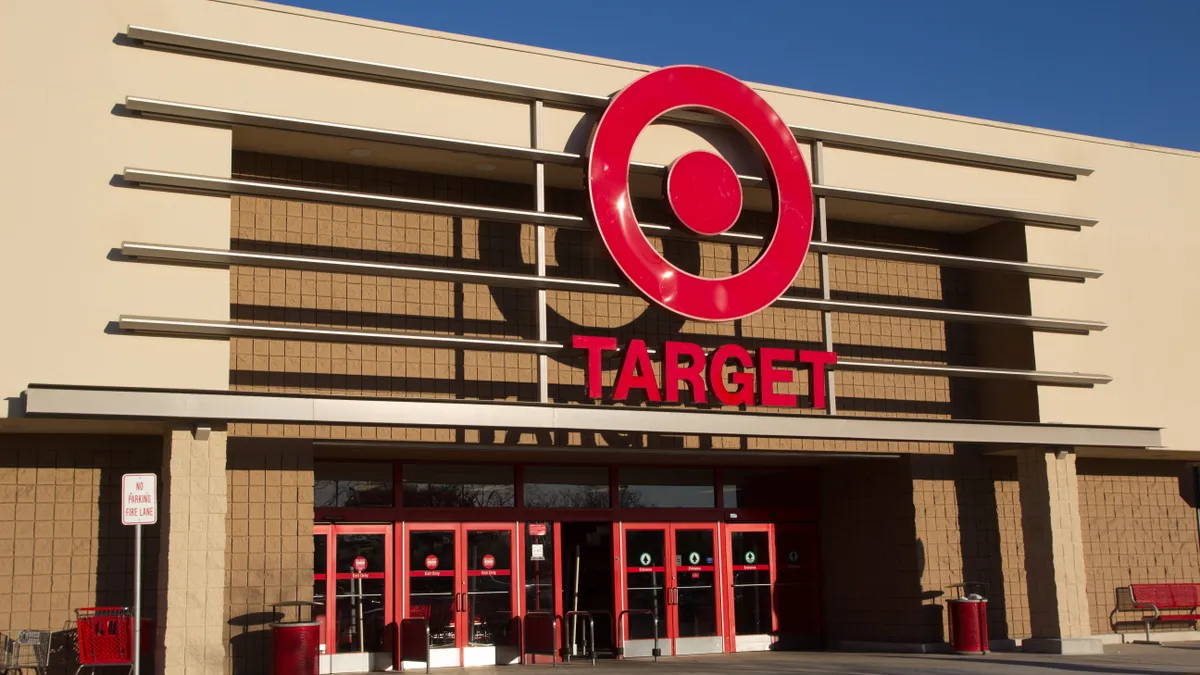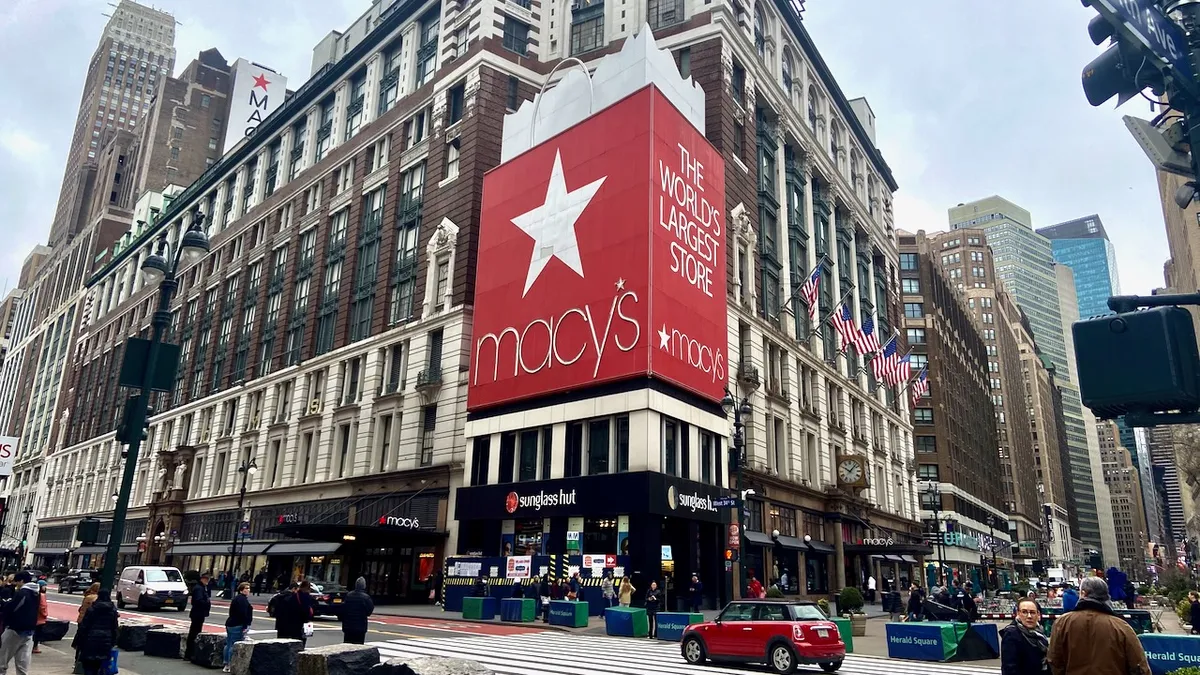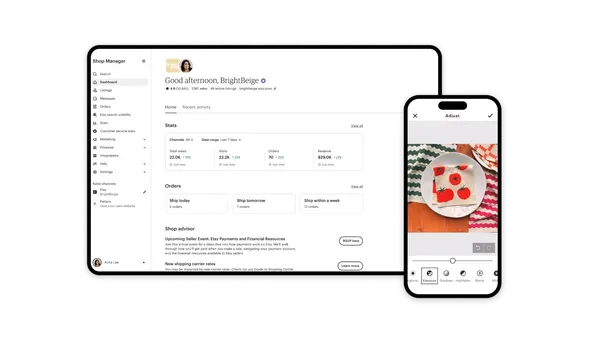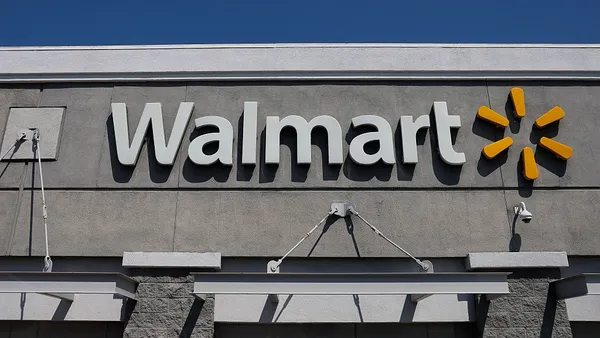Dive Brief:
-
Target's chief risk and compliance officer, Jackie Rice, has made the "personal decision" to leave the company at the end of the month to spend more time with her family, who live away from the retailer’s Minneapolis headquarters, a Target spokesperson told Retail Dive. Rice will not be replaced, and her team will report directly to chief legal officer Don Liu, Target said in an email.
-
Rice was hired late in 2014, about a year after the retailer’s debilitating data breach, in an expanded version of that role.
-
Her departure is one of several of late at the retailer, which is in the midst of a transformation of its brick-and-mortar footprint, fulfillment systems and merchandising.
Dive Insight:
Under CEO Brian Cornell, who himself arrived at Target in 2014 in the wake of that massive holiday-time data breach, Target began to hire more executives from outside its own ranks, cracking open what many observers believed had become an insular company culture. Rice came from General Motors, where she’d worked for 17 years.
"We are extremely thankful for the work Jackie led in the past three years to strengthen our risk and compliance efforts," Target said in an email to Retail Dive. "Her contributions will continue to serve Target well now and in the future. The Risk & Compliance work will continue under the leadership of Don Liu, Chief Legal Officer, who brings deep expertise to this area having led this function throughout his career. We wish Jackie the very best in her future endeavors."
At the time of Rice's arrival, the retailer was laser-focused on addressing the fallout from the data snafu, which, aside from settling the ensuing legal issues, has entailed developing a point-of-sale system that was among the first to install more secure chip cards and plugging up security holes within its legacy computing systems. At the time, Target also created a position for the first chief information security officer, Brad Maiorino, who stepped down earlier this year and was replaced by Rich Agostino.
The company has since moved to overhaul its brick-and-mortar and digital operations, along with a series of merchandising changes intended to revitalize its cheap chic reputation. Early this year Target executives unveiled a series of initiatives designed to reverse the big box retailer’s same-store sales declines, including an investment of more than $2 billion of capital in 2017 and more than $7 billion over the next three years to refresh its stores. Much of the investment will go to adding more than 100 small format urban stores over the next three years, as well as overhauling existing locations using aspects of the retailer’s LA25 concept store that have tested well. Stores are also being reconfigured to more efficiently serve as fulfillment hubs for online orders. The company is also dedicating teams to introduce more than a dozen new brands over the next two years, with the research and design approach used for the retailer’s new Cat & Jack kids apparel and Pillowfort kids home decor brands.
Target last month, as part of the transformation of its supply chain, acquired transportation technology company Grand Junction to improve and expand delivery capabilities. The retailer is gaining some traction with the moves, and last month reported a second quarter sales rise of 1.6% to $16.4 billion from $16.2 billion last year, reflecting 1.3% same-store sales growth combined with the benefit from sales in non-mature stores. E-commerce sales grew 32% and contributed 1.1 percentage points to the same-store sales increase.














